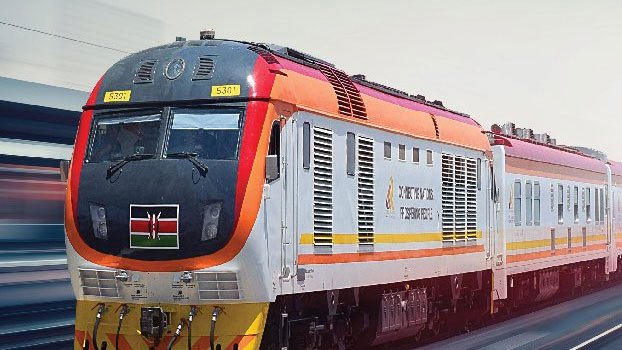×
The Standard e-Paper
Fearless, Trusted News

Kenya is paying Sh1 billion every month to the Chinese to run the Standard Gauge Railway, a project initially meant to evoke pride and nationhood for citizens.
The Sunday Standard has gained exclusive access to the contract between China Road and Bridge Corporation (CRBC) and the Kenyan Government, that has condemned Kenyans to paying Sh31 million every day for the running of the Madaraka Express.